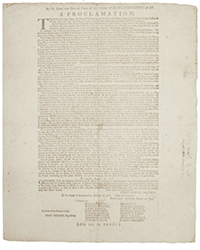Rare Book Monthly
Book Catalogue Reviews - June - 2007 Issue
New Acquisitions in Americana from the William Reese Co.
Here is a one-of-a-kind selection for collectors of Texiana - a group of letters written by Sam Houston to his brother John, along with some other family documents. They run from 1825-1851, though the most interesting are some letters from the 1830s as they are the most personal. In 1834, Houston writes of a love that will never be. "The angel of my hopes...is doubtless doomed to be the wife of some man who is incapable of intimating her charming worth." He even adds a poem, then notes that it would not be correct for him to send it to her. At the time, Sam was between wives number two and three. In 1837, after the Republic of Texas was recognized by the U.S., he writes," I see that we are recognized, but would be more happy, would we be annexed and become a part of ‘Uncle Sam.'" That would come in 1845, and Houston would remain true to those beliefs, being the only major Texas political leader to oppose secession. These six letters from Sam to John Houston and a few other documents are priced at $42,500. Item 103.
Speaking of secession, item 78 is the official documentation pertaining to Florida's secession from the Union on January 10, 1861: Journal of the Proceedings of the Convention of the People of Florida, Begun and Held at the Capitol in the City of Tallassee [sic], on Thursday, January 3, A.D. 1861. In justifying their action, the Convention says, "The rapid spread of Northern fanaticism has endangered our liberties and institutions, and the election of Abraham Lincoln, a wily abolitionist, to the Presidency of the United States, destroys all hope for the future." Actually it didn't. The transformation of Florida from slave state to vacation and retirement state has worked out quite well for its economy. $1,250.
Item 95 is a study of the Indians of the Ohio valley: A Discourse on the Aborigines of the Valley of the Ohio. The writer was William Henry Harrison, future President of the United States. This was Harrison's only nonpolitical work, published in 1838, two years before his election to the highest office in the land. Harrison, a military man who dealt with Indians, both as friend and foe, for most of his life, is best remembered as the unfortunate who died in office after serving just one month as president. There was an Indian mound nearby Harrison's property, and his interest in these structures led him to conclude that prehistoric Indians had a more advanced culture than did those Europeans encountered when they first explored the land. $12,500.
Item 146 consists of three remarkable watercolor drawings by one S. Milton circa 1820. They are unusual in that they depict the children of slaves, though the children were themselves free. New York had abolished slavery for all persons born after 1799. However, older slaves were not fully emancipated until 1827. On July 4, 1827, New York's remaining 10,000 slaves were freed, the largest American emancipation prior to the one issued by Lincoln. These children, and their parents, lived in the home of either David or Lourens Van Alen of Kinderhook, New York. The Van Alens were evidently relatively beneficent slave owners as they commissioned these portraits for the parents, and the former slaves stayed on as household staff for the Van Alens until the 1870s. At that point, the portraits stayed behind with the Van Alen family. The Van Alens were closely related to and neighbors of Kinderhook's most famous resident, President Martin Van Buren. $9,500.
The William Reese Company website is www.reeseco.com, telephone 203-789-8081.



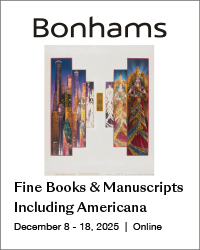

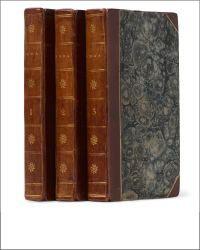
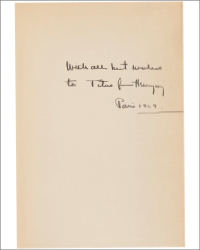
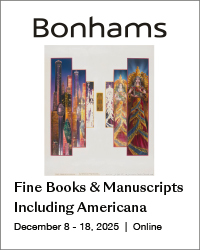
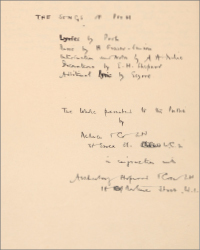

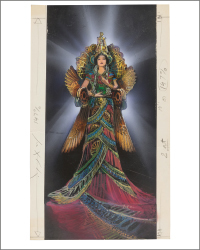
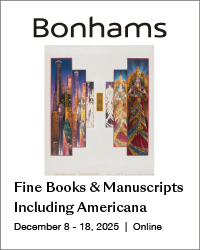
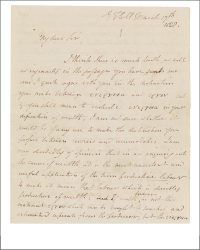
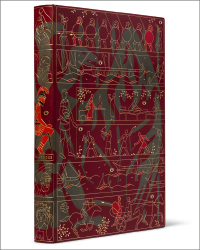
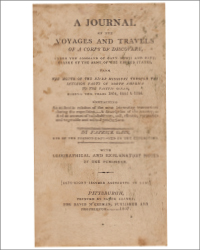
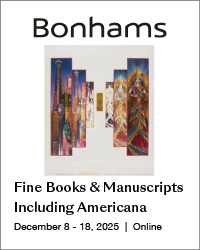
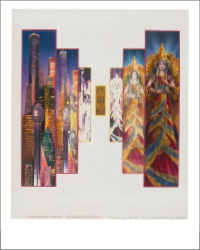
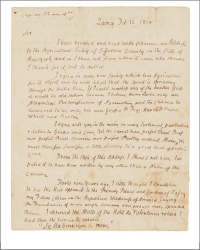

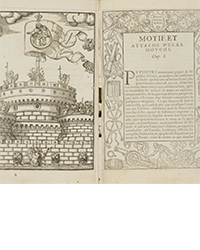
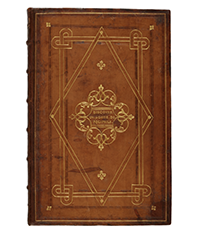
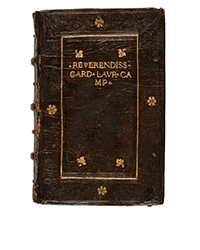
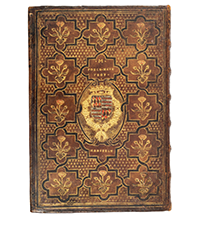
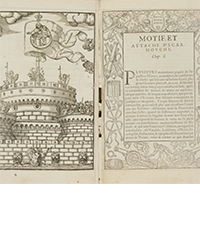
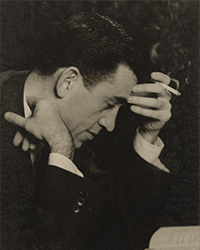
![<b>Sotheby’s, Dec. 16:</b> [Austen, Jane]. A handsome first edition of <i>Sense and Sensibility,</i> the author's first novel. $60,000 to $80,000. <b>Sotheby’s, Dec. 16:</b> [Austen, Jane]. A handsome first edition of <i>Sense and Sensibility,</i> the author's first novel. $60,000 to $80,000.](https://ae-files.s3.amazonaws.com/AdvertisementPhotos/9a74d9ff-42dd-46a1-8bb2-b636c4cec796.png)
